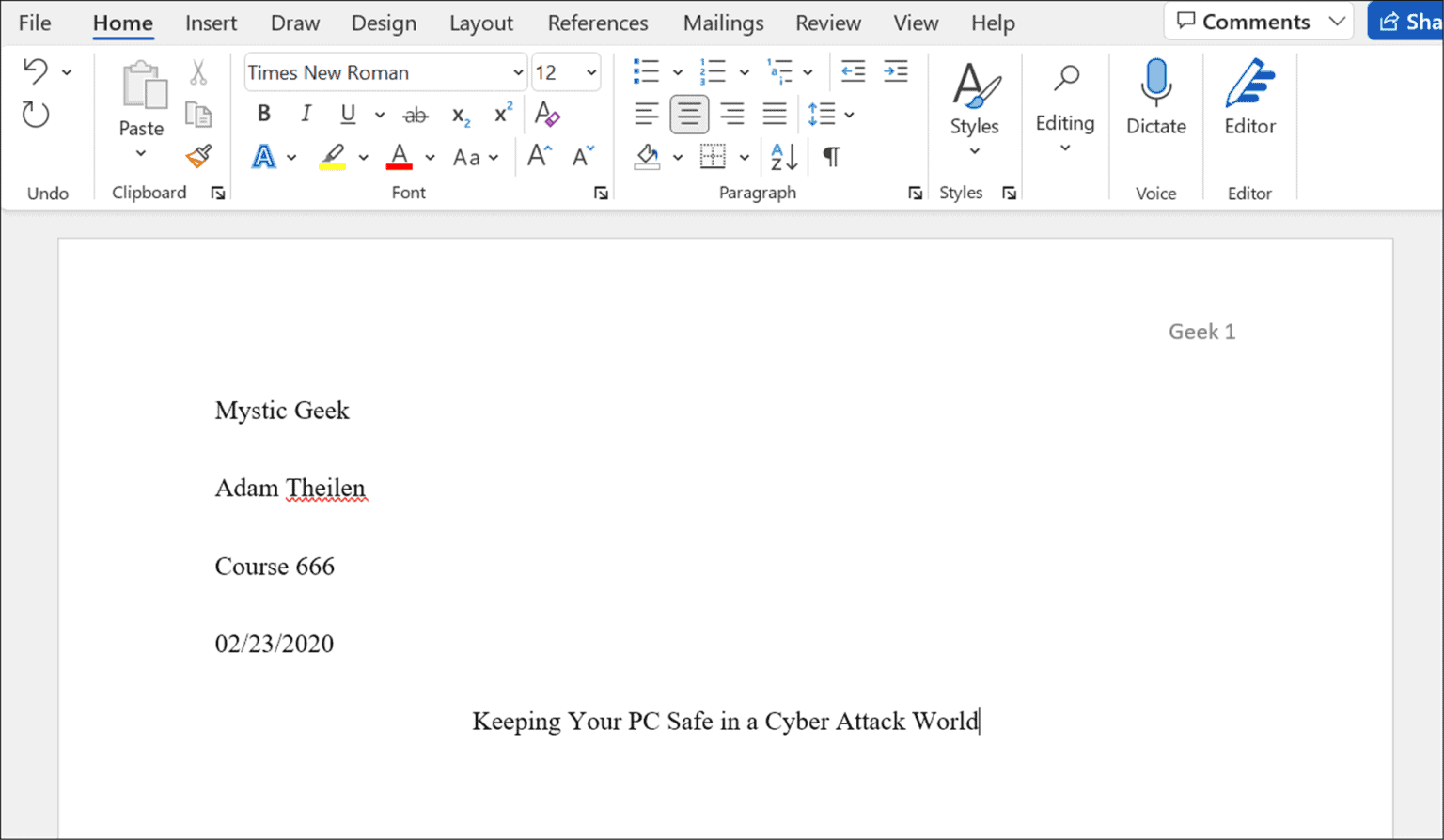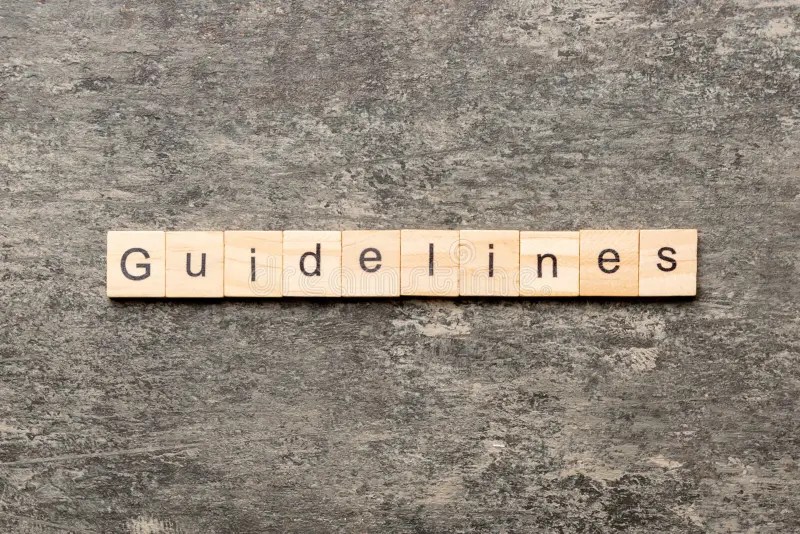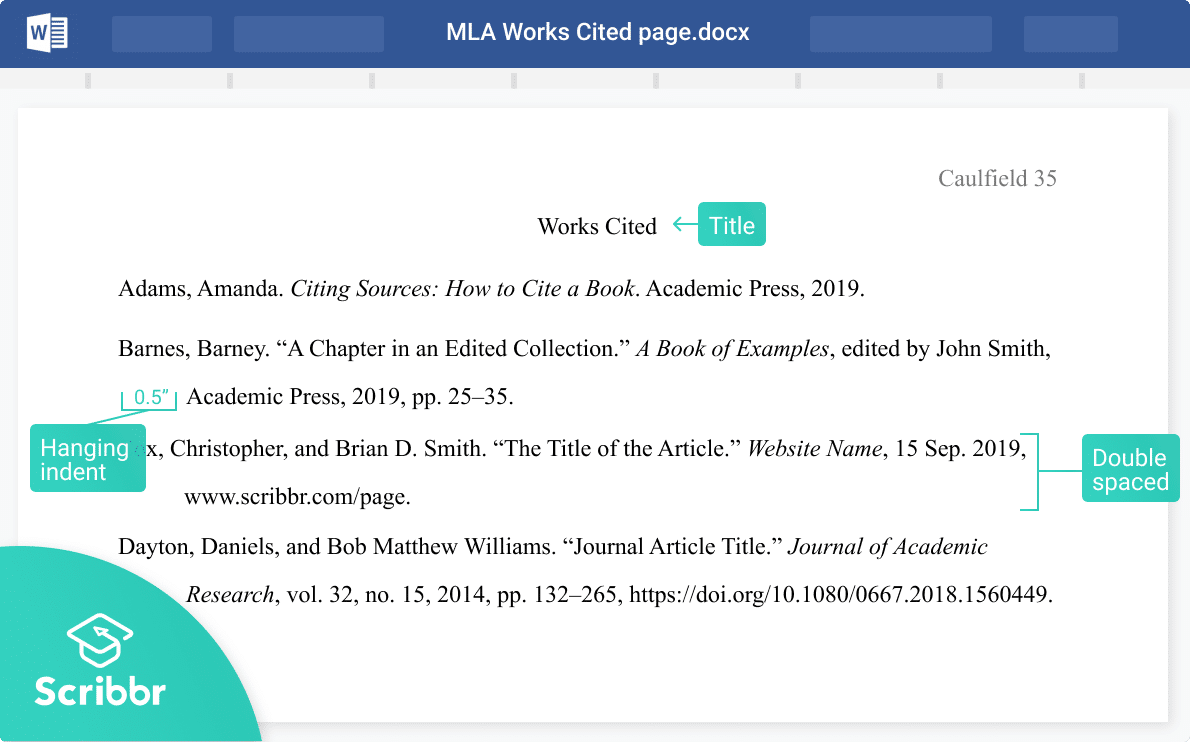Understanding the intricacies of citing books in your academic work is essential for effectively communicating your research and ideas. The Modern Language Association (MLA) has established a specific set of guidelines to help students and researchers properly credit sources. This ensures that readers can locate the original works easily while also giving credit to the authors of the material used. In this article, we explore the vital information needed for each book entry to follow MLA guidelines, focusing on how to present this information accurately and clearly.
Every book citation demands precision and consistency, which can significantly impact the credibility of your work. Whether you are writing a research paper, essay, or thesis, adhering to these guidelines can enhance the scholarly quality of your work. Many scholars often wonder, "What specific details are required?" This inquiry is precisely what we will answer throughout this article, helping you navigate the complexities of MLA formatting.
In the realm of academic writing, clarity and organization are paramount. Understanding the required components for each book entry not only aids in maintaining the integrity of your work but also serves to reinforce the importance of intellectual property rights. Let's delve into the key aspects of why the information is needed for each book entry to follow MLA guidelines and how you can effectively compile this information.
What Are the Key Components of an MLA Book Citation?
To create a proper MLA book citation, you need to gather specific pieces of information:
- Author's name
- Title of the book
- Publisher's name
- Publication year
- Medium of publication (Print, Web, etc.)
Why Is Each Component Important?
Understanding the significance of each component in your citation is crucial. Each element serves a purpose:
- Author's name: Gives credit to the creator of the work.
- Title of the book: Clearly indicates the source being referenced.
- Publisher's name: Provides information about the entity responsible for the book's publication.
- Publication year: Indicates the freshness of the information.
- Medium of publication: Clarifies how the information was accessed.
What Format Should Each Citation Follow?
MLA format has a specific structure for citations. The general format for a book is as follows:
Last Name, First Name. Title of the Book. Publisher, Year of Publication.
What Information Is Needed for Each Book Entry to Follow MLA Guidelines? A Word on Details
When compiling your citations, attention to detail is paramount. Here are some specific considerations:
- Ensure the author's name is in the correct order: Last Name, First Name.
- Italics should be used for the book title.
- Use a comma before the publication year.
How Do You Cite Works with Multiple Authors?
When citing a book with multiple authors, the MLA format varies slightly:
- For two authors, format as follows: Last Name, First Name, and First Name Last Name. Title of the Book. Publisher, Year.
- For three or more authors, list only the first author followed by "et al.": Last Name, First Name, et al. Title of the Book. Publisher, Year.
What About Citing Edited or Translated Works?
When citing a book that has been edited or translated, you will need to include that information within your citation:
For edited works: Last Name, First Name, editor. Title of the Book. Publisher, Year.
For translated works: Last Name, First Name, translator. Title of the Book. Publisher, Year.
How Should You Handle Online Sources or E-books?
When citing e-books, you should include the medium (e.g., e-book) and the platform (e.g., Kindle, Google Books) in your citation:
Last Name, First Name. Title of the Book. Publisher, Year. e-book.
Is There a Specific Example for a Complete MLA Book Citation?
Absolutely! Here’s a complete example for a book citation:
Smith, John. The Art of Writing. Penguin Books, 2020.
What Common Mistakes Should Be Avoided in MLA Citations?
Here are some common pitfalls to avoid when formatting your MLA citations:
- Inconsistent author name formats.
- Incorrect italicization of book titles.
- Missing publication information.
Conclusion: Why Accurate Citation Matters?
In summary, the information is needed for each book entry to follow MLA guidelines to ensure that your academic writing maintains its credibility and integrity. Citing sources accurately not only pays homage to the original authors but also allows readers to trace the ideas and data that support your work. By following the guidelines laid out in this article, you will be well on your way to mastering MLA citations, thereby enhancing the quality of your writing.
Remember, citation might seem tedious, but it is a vital skill for any researcher or writer. With practice, you will find that incorporating these details becomes a seamless part of your writing process. Happy writing!



ncG1vNJzZmixn6PAtr7IZqWeq6RjsLC5jq2pnqaUnruogY6ipZ%2BnoqKutbXOp2Siq12jsqawxJ1kn6eiYrKir8dmmainm2Kyr8DRsmStp12bvK24zrBkpqSRYrS2tcOeo6Kmlah6onnWqKmdZpipuq0%3D